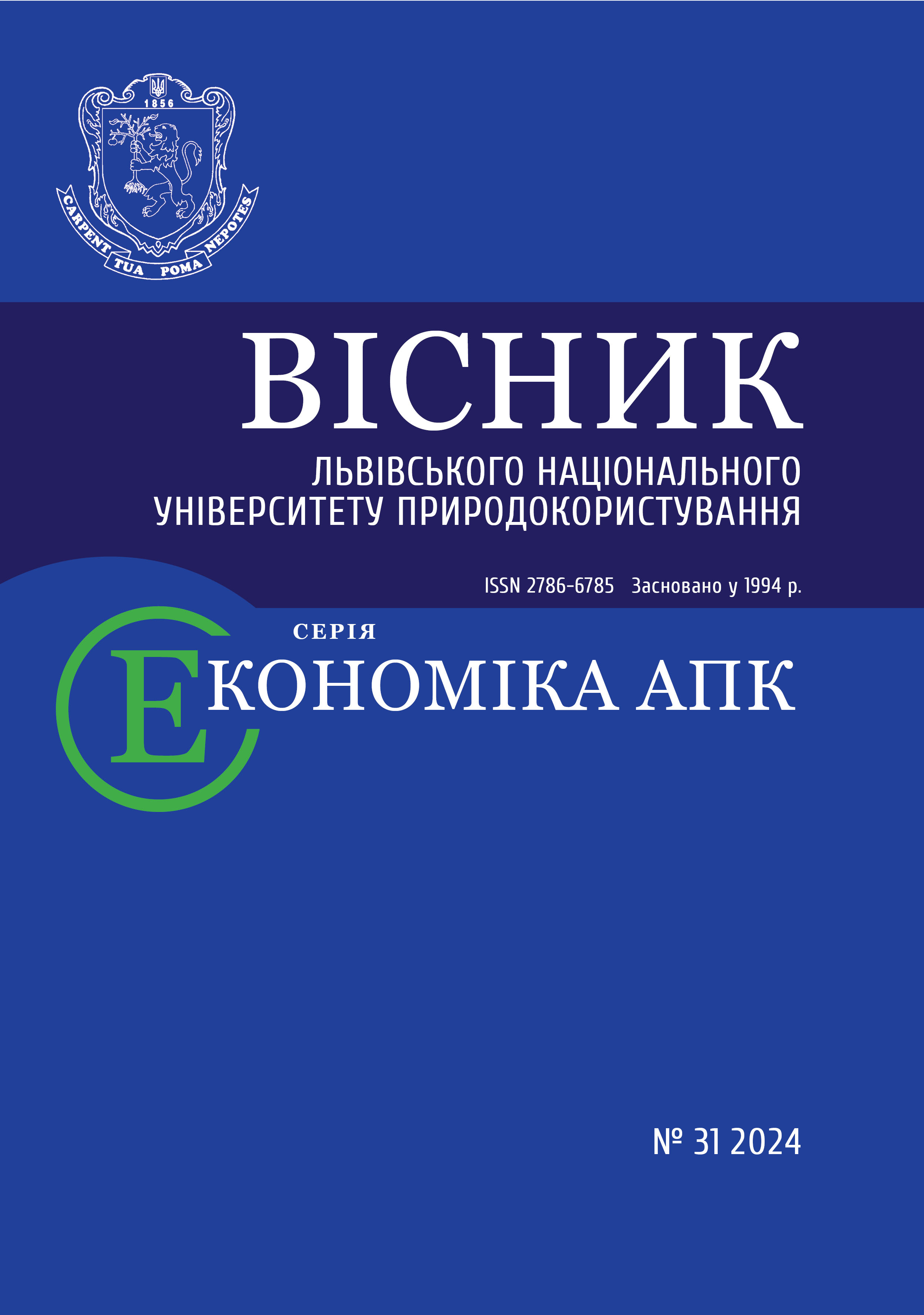GOVERNMENT BONDS AS AN INSTRUMENT OF ALTERNATIVE INVESTMENT
DOI:
https://doi.org/10.31734/economics2024.31.012Keywords:
domestic government bonds, alternative investments, risks, capital market, government securities, discount rateAbstract
The article discusses the increasing interest of Ukrainians in alternative investment methods, particularly government bonds (domestic government loan bonds). It compares domestic government bonds with traditional income methods like bank deposits and real estate purchases, concluding that alternative investment strategies if approached properly, can yield higher returns and offer greater flexibility. The article describes government bonds as a tool for public debt and outlines their characteristics, including reliability, liquidity, stable income, portfolio diversification, and affordability. The article analyzes the domestic government bonds market dynamics in 2023, noting significant growth compared to 2022 in the Ukrainian capital market. It also examines the structure of trading in financial instruments in the organized capital markets of Ukraine, finding that domestic government bonds accounted for the largest share (52 %) of the trading volume. The article indicates factors that led to a 33 % decrease in the placement of domestic government bonds in the primary market in 2023, attributing it to significant international assistance, an increase in the NBU's discount rate, and a desire to shift the debt structure in favor of long-term borrowing. The authors highlight the increasing popularity of foreign currency-denominated domestic government bonds as a hedge against inflation. Additionally, the article analyzes the distribution of outstanding domestic government bonds by categories of holders and by currency denomination, concluding that the NBU is the largest holder, legal entities hold a significant share, banks are active participants, and individuals' share is growing. It also notes that the volume of domestic government bonds denominated in foreign currency is 9 %. The article concludes by analyzing the rates on domestic government bonds under martial law, emphasizing the importance of carefully assessing investment goals, risks, and specific instruments before investing in domestic government bonds.
References
Informational report on the capital markets of Ukraine during January – December 2023. URL: https://www.nssmc.gov.ua/wp-content/uploads/2024/02/informatsiina_dovidka_za_hruden_2023_.pdf (Accessed April 04, 2024) [in Ukrainian].
Khoma I., Antoshchuk I. Government bonds as an instrument of influence on monetary and fiscal regulation in Ukraine. Economic space. 2022. No 181. P. 64–71. URL: https://doi.org/10.32782/2224-6282/181-11 (Accessed March 04, 2024) [in Ukrainian].
Matviichuk N., Tesliuk S., Borychevska I. Bank deposits and government bonds as alternative objects of investment. Economy and society. 2021. No 25. URL: https://doi.org/10.32782/2524-0072/2021-25-60 (Accessed April 04, 2024) [in Ukrainian].
Ministry of Finance of Ukraine. Volumes of government bonds in circulation. URL: https://index.minfin.com.ua/ua/finance/bonds/volumes/ (Accessed March 20, 2024) [in Ukrainian].
National Bank of Ukraine. Government bonds, which are in circulation at nominal and amortized cost, 2024. URL: https://bank.gov.ua/ua/markets/t-bills (Accessed March 24, 2024) [in Ukrainian].
Seisebaieva N., Fomenko, S. Study of the modern circulation of government bonds as the main investment tool in the period of economic transformations. Digital economy and economic security. 2022. No 2. P. 56–62 [in Ukrainian].
Tymoshenko O. V., Hudyma L. O. Effective development of the national securities market as an imperative for the economic growth of Ukraine. Business Inform. 2020. No 3. P. 293–298.
Zhytar M. O., Bielin V. S., Olishchuk O. H. Activation of the domestic state loan bond market as the instrument of influence on the economy of Ukraine. Economy and the state. 2020. No 12. P. 67–71 [in Ukrainian].


